In this example, the FAIR2 framework is used to better understand the Coordinated Intake (CI) process and the administrative data available from that system. CI is a central system for accessing housing and support services, across a Continuum of Care (COC). CI is required by the U.S. Department of Housing and Urban Development for all COCs, but each community can decide how to administer the CI process and how to prioritize resources among individuals and families facing homelessness.
We know that administrative data may undercount the number of people in need of housing services. We collaborated with young community members who had past experiences with CI in order to learn about why young people may or may not seek needed housing supports through this system.

During the Data Chat, participants shared their experience with the data intake process for homeless services and provided advice to improve the system.
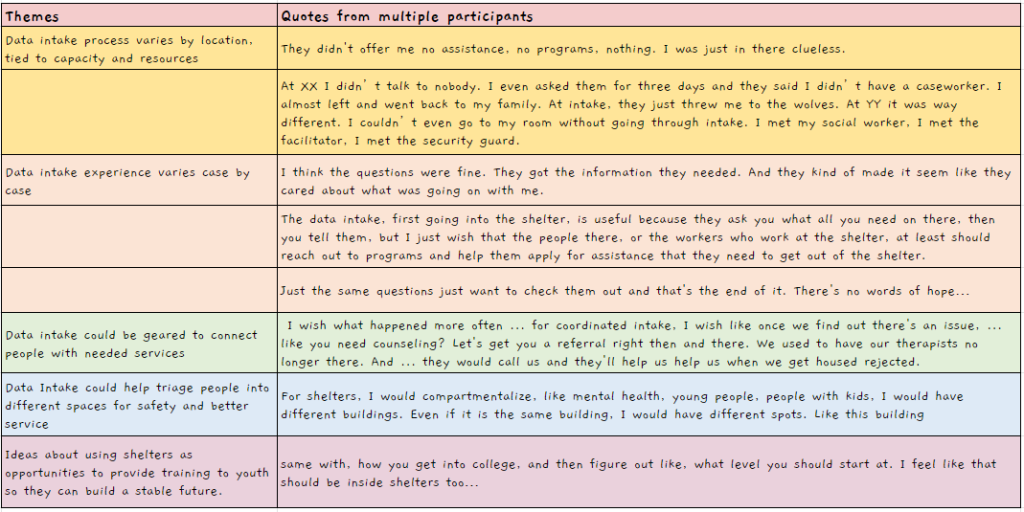
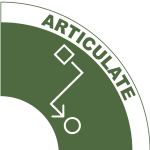
In this step, insights from experiential subject matter experts (Data Chat participants) inform the modeling of what causes people to experience homelessness and subsequently decide to seek homeless shelter services. Some people in need of shelter may not share information with social service agencies for fear of discrimination, or stigma, which may lead to an undercount of the population in need of shelter – precisely among those that are more vulnerable to the dangers of not having a secure home.
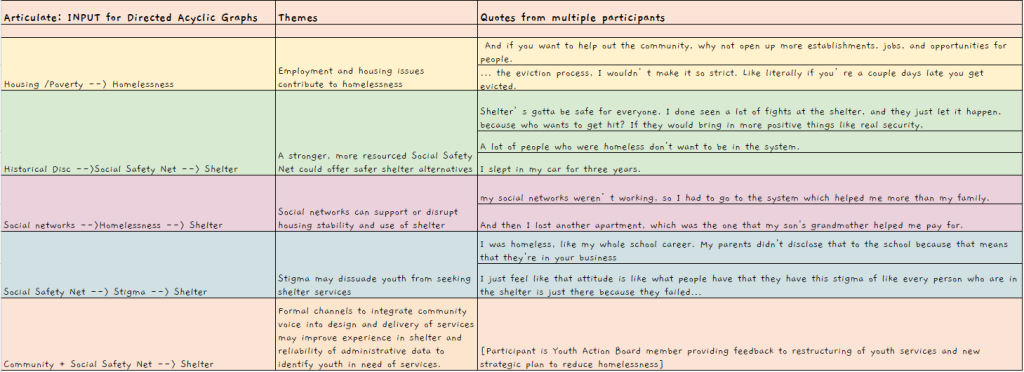
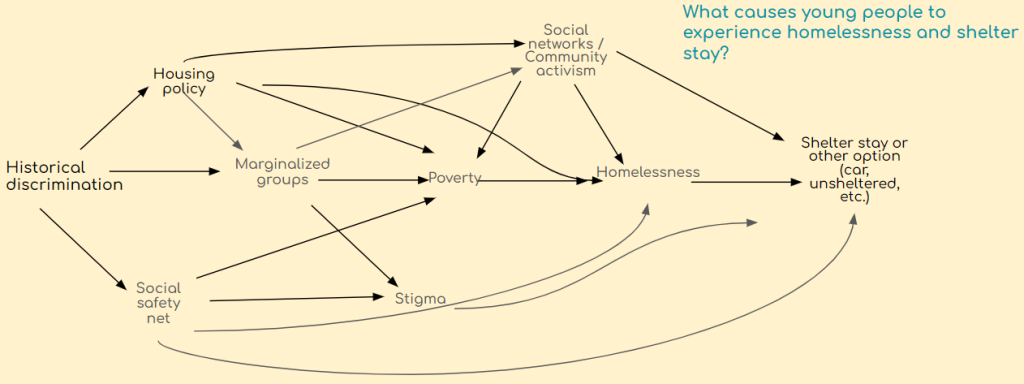
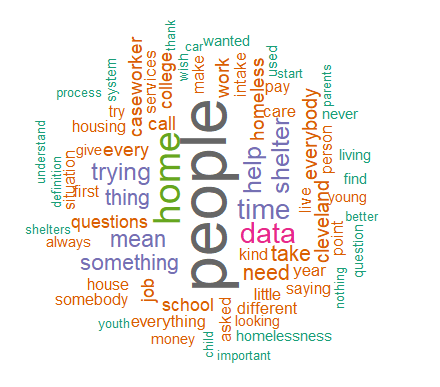

We answer the following questions to explicitly identify bias embedded in the data and variables of interest, and report on limitations due to bias.

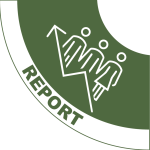
Reporting for this process involved individual meetings with each participant, in person or virtually as was convenient. Working models, important themes, and lessons learned about the structure of the data chats themselves are shared and feedback is solicited from our collaborators.
This feedback is dynamic and can change the model and insights highlighted. It is of the utmost importance that community collaborators feel that their voices are captured accurately. This is also an opportunity for collaborators to provide valuable feedback on the Data Chats, which we summarize here.

Click to Enlarge

